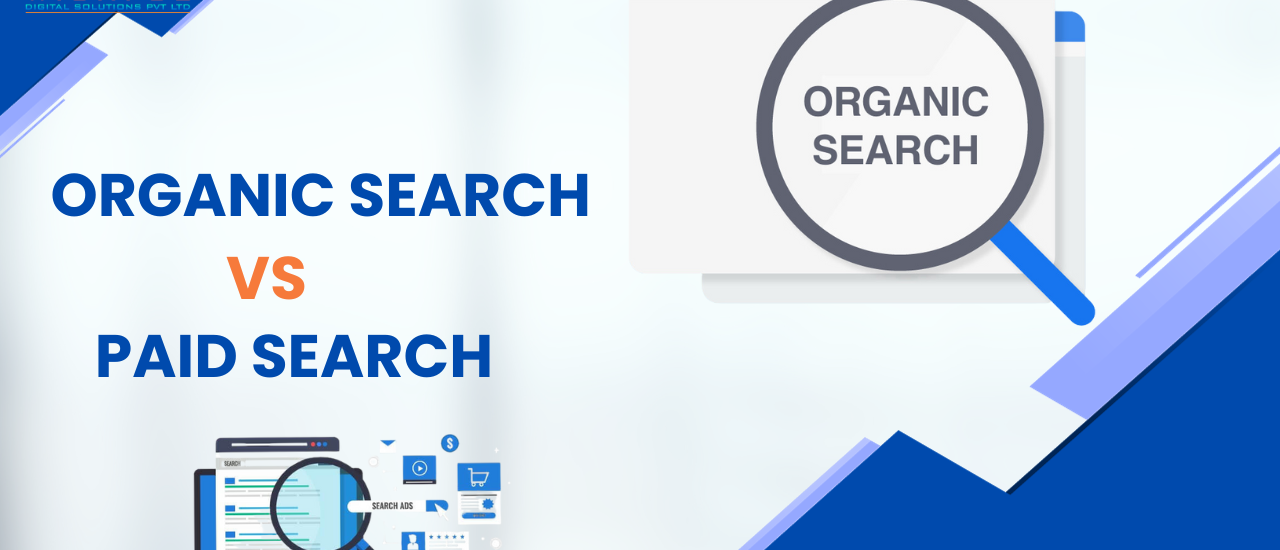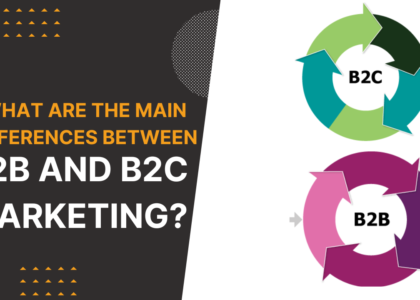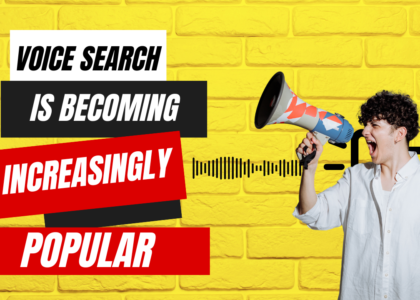Organic search and paid search are two primary methods used in search engine marketing (SEM) to drive traffic to websites. They have distinct differences in terms of cost, visibility, and long-term sustainability. Here are the key differences between organic and paid search:
- Traffic Source:
- Organic Search: Organic search refers to the natural or unpaid search engine results that appear when a user enters a query into a search engine like Google. These results are determined by the search engine’s algorithms and are based on relevance to the user’s query and the website’s overall authority and quality.
- Paid Search: Paid search involves advertisers paying search engines for their ads to appear at the top or side of the search results page when specific keywords are entered. Advertisers bid on keywords, and their ads are displayed when the bid and ad quality score meet certain criteria.
- Cost:
- Organic Search: Organic search traffic is essentially free in terms of clicks generated from search engine results. However, optimizing a website for organic search involves investments in content creation, SEO (search engine optimization) efforts, and potentially hiring SEO experts.
- Paid Search: Paid search requires advertisers to pay for each click (Pay-Per-Click or PPC) or for ad impressions (Cost-Per-Thousand Impressions or CPM), making it a more immediate and measurable cost.
- Visibility:
- Organic Search: Organic search results are displayed below paid ads on search engine results pages (SERPs). While they offer high credibility and trustworthiness, organic rankings can take time to achieve and may not always guarantee top placement.
- Paid Search: Paid search ads appear prominently at the top of the SERPs, often marked as “Ad” or “Sponsored.” This provides immediate visibility to advertisers willing to pay for it.
- Click-Through Rate (CTR):
- Organic Search: Organic search results tend to have a lower click-through rate (CTR) compared to paid search ads because they are further down the page and not as visually prominent.
- Paid Search: Paid search ads typically have a higher CTR since they are positioned prominently at the top of the page and are designed to attract clicks.
- Sustainability:
- Organic Search: Organic search traffic is sustainable in the long term if a website maintains its SEO efforts and provides valuable, relevant content. It can provide a consistent source of traffic without ongoing advertising expenses.
- Paid Search: Paid search traffic is immediate but stops as soon as you stop paying for ads. It’s not sustainable in the long term without continuous investment.
- Keyword Targeting:
- Organic Search: Organic search relies on optimizing website content for specific keywords and phrases. Rankings are influenced by various on-page and off-page factors.
- Paid Search: Paid search allows advertisers to target specific keywords and demographics precisely, giving them more control over who sees their ads.
In summary, the choice between organic and paid search depends on your marketing goals, budget, and timeline. Organic search provides long-term sustainability and credibility but requires time and effort for optimization. Paid search offers immediate visibility and control but comes at a cost and is not sustainable without ongoing investment. Many businesses use a combination of both organic and paid search strategies to maximize their online presence and reach their target audience effectively.





